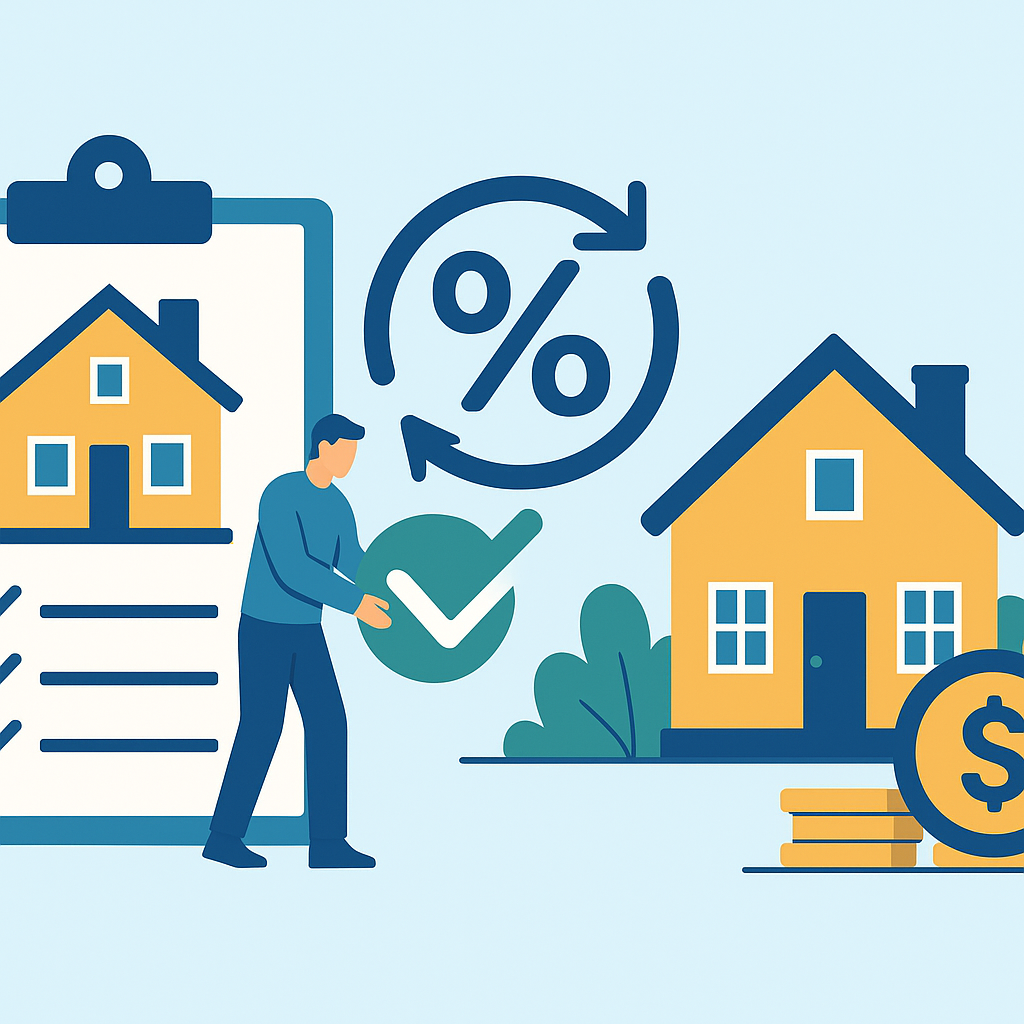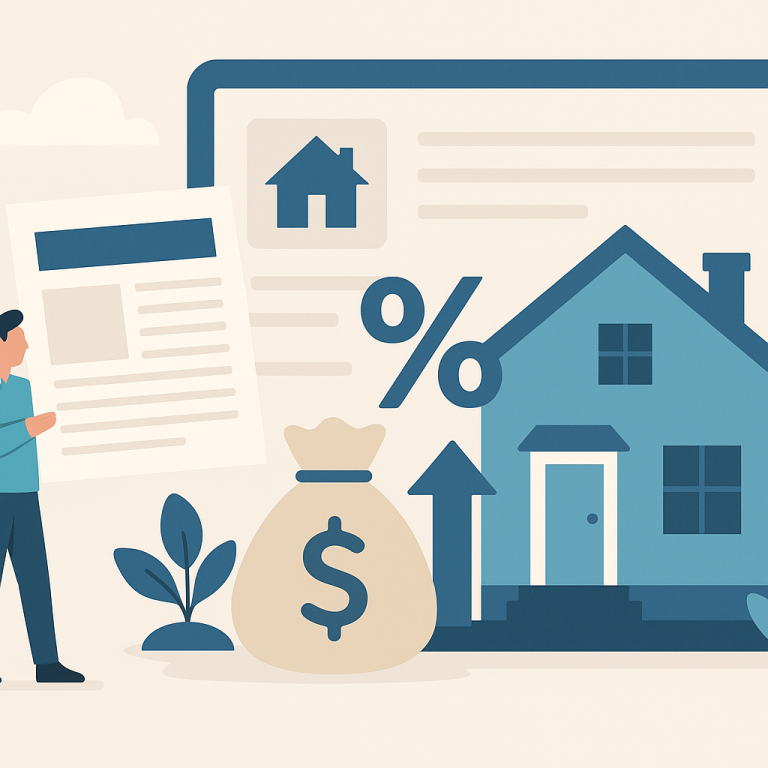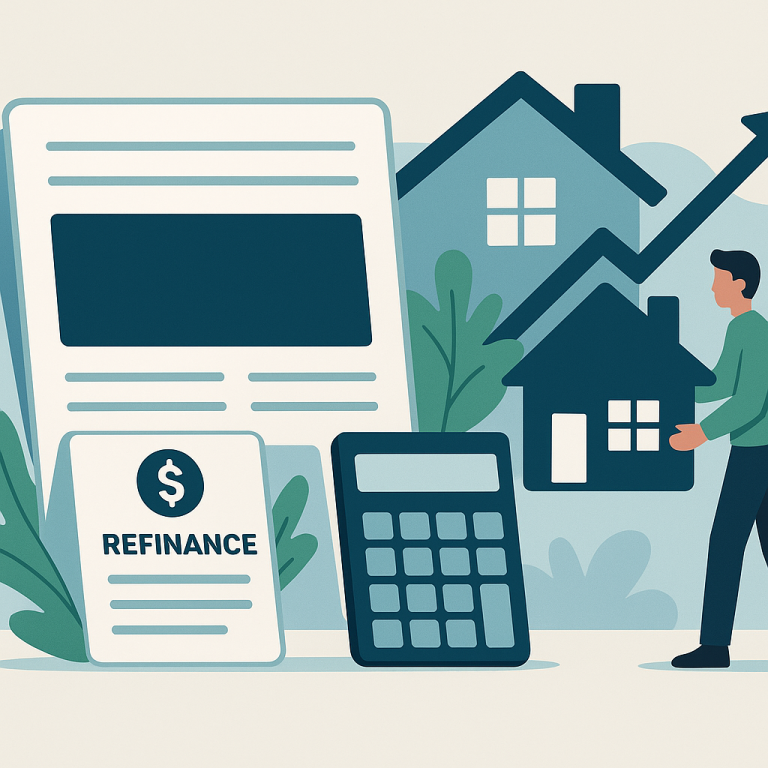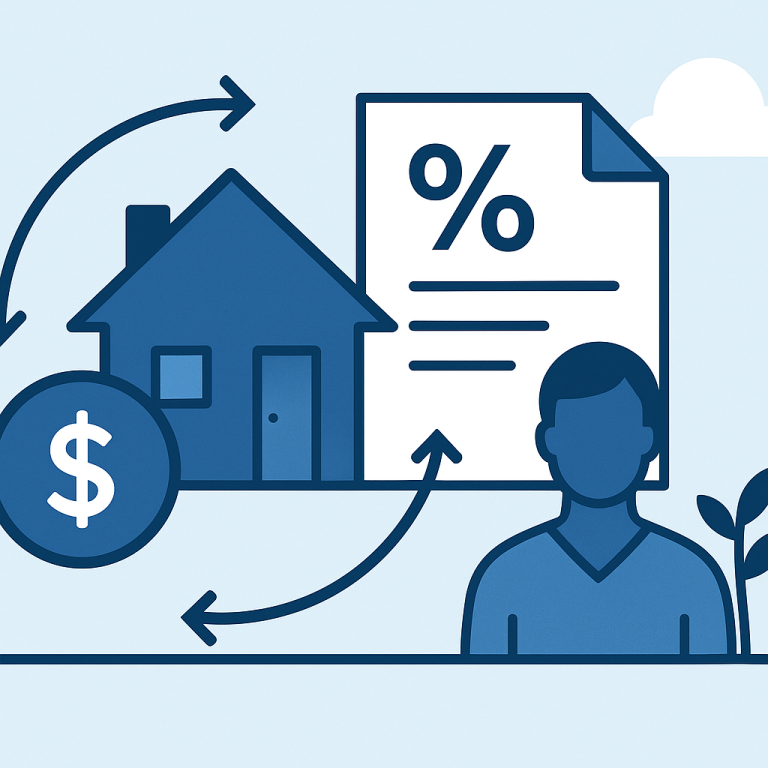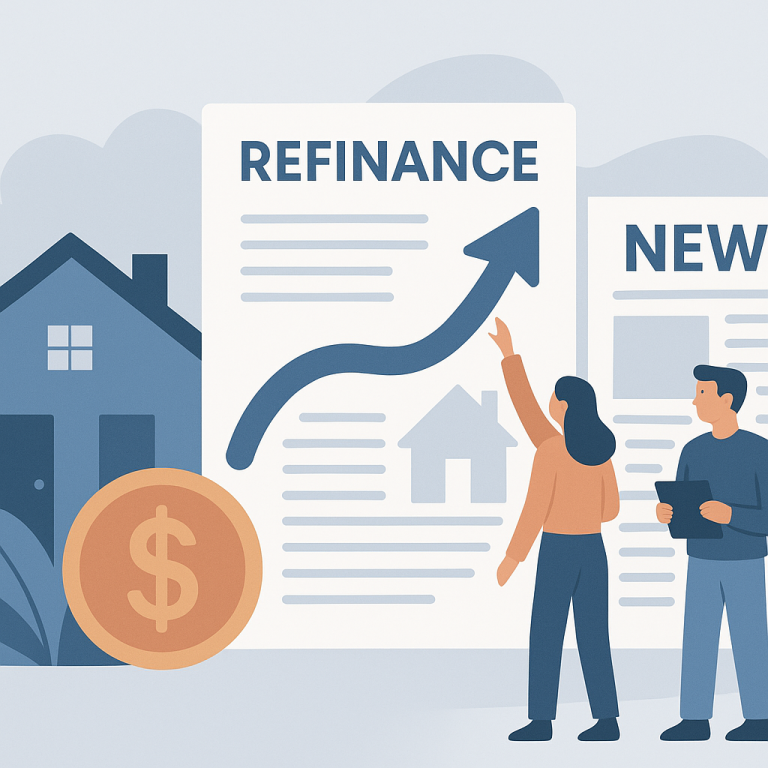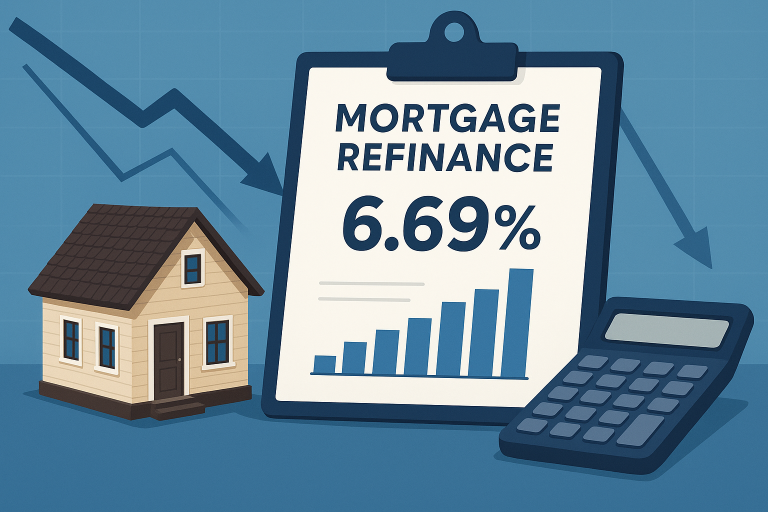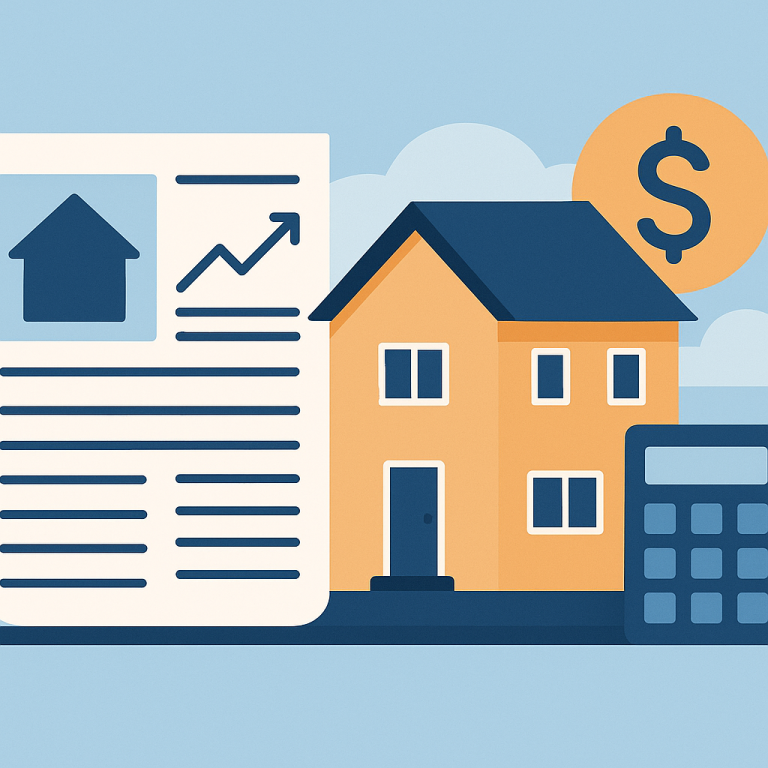Refinance guide cash-out refinance for home improvements
What a Cash-Out Refinance Is — and When It Makes Sense
A cash-out refinance replaces your existing mortgage with a new, larger mortgage and pays you the difference in cash. Lenders base the new loan on your home’s current appraised value and limit the amount you can borrow to a maximum loan-to-value (LTV) ratio—commonly 70%–80% for conventional loans. The cash you receive can be used for major home improvements, debt consolidation, or other large expenses.
It makes sense when you need a sizable, relatively low-cost lump sum for high-value home improvements (kitchen remodels, roof replacement, energy upgrades) and when the new loan’s interest rate and terms result in reasonable monthly payments compared with alternatives. It’s especially attractive if the improvements are expected to increase home value or reduce long-term expenses (energy efficiency, major systems).
Benefits and Drawbacks
Benefits
- Lower interest rates than most unsecured loans or credit cards, since the mortgage is secured by your home.
- Single monthly payment rather than juggling multiple loans or lines of credit.
- Large lump-sum financing — useful for big renovation projects that need upfront capital.
- Potentially tax-advantaged if funds are used to substantially improve the property and meet current tax rules (consult a tax advisor).
Drawbacks
- You are converting home equity into debt secured by your house — increased risk of foreclosure if you can’t make payments.
- Closing costs and fees can be significant and may offset savings from a lower rate.
- The new mortgage may extend or reset the loan term, increasing total interest paid over time even if the monthly payment is similar or lower.
- Borrowing close to your maximum LTV reduces future flexibility and may make it harder to sell or refinance later.
Costs and Fees to Expect
Cash-out refinances involve many of the same costs as a purchase or rate-and-term refinance. Typical fees include:
- Appraisal fee (usually $300–$700 depending on location and property size).
- Origination fee or lender points (often 0.5%–1.5% of the loan amount if charged).
- Title search and title insurance fees.
- Underwriting and processing fees.
- Recording fees, escrow charges, and any prepaid items (tax and insurance reserves).
- Possible mortgage insurance if the new LTV exceeds the lender’s threshold for conventional underwriting.
- Prepayment penalty on your current mortgage, if applicable (check your existing loan documents).
Factor these costs into your decision by comparing the total financing cost to alternatives (HELOC, home equity loan, contractor payment plans). A break-even calculation—how long until your project or refinance pays back the cost—can be helpful.
Step-by-Step Process
- Define the project and budget. Know estimated renovation costs and contingency (~10–20%).
- Estimate your home’s current value. Use online comps and recent sales, but plan for an appraisal by the lender.
- Calculate potential loan proceeds. Multiply expected value by your target LTV (for example, 75%), then subtract your current mortgage balance to find available cash.
- Compare options. Get quotes for cash-out refinance, HELOC, or home equity loan. Compare interest rates, fees, and repayment structures.
- Shop lenders and get prequalified. Submit basic financial info to get rate quotes and estimated closing costs.
- Apply and lock the rate. Provide documentation (pay stubs, tax returns, bank statements). Lock the rate if you’re satisfied.
- Appraisal and underwriting. Lender orders an appraisal; underwriters verify property and borrower qualifications.
- Close the loan. Review the Closing Disclosure, sign documents, and receive cash proceeds at closing or shortly after.
- Complete your project and keep records. Save invoices and permits — useful for tax or resale reasons.
Common Pitfalls to Avoid
- Borrowing the maximum available without a realistic budget. Over-borrowing reduces future financial flexibility.
- Ignoring closing costs. If you roll fees into the loan, you’ll pay interest on them indefinitely.
- Underestimating renovation timelines or cost overruns — leaving you short and tempted to use high-cost credit.
- Using funds for non-home-improvement purposes that provide little or no value to the property.
- Failing to shop lenders. A few tenths of a percent in rate or reduced fees can save thousands over the life of the loan.
- Not checking for prepayment penalties on the existing mortgage or unusual lender restrictions.
Short FAQ
Q: How much equity can I tap with a cash-out refinance?
A: For most conventional loans the maximum LTV is 80% for cash-out; some programs allow higher LTVs but often at higher cost or with mortgage insurance. VA loans and other programs have different rules. Calculate: (appraised value × LTV) − current mortgage = maximum cash-out.
Q: Is interest on a cash-out refinance tax-deductible?
A: Interest deductibility depends on current tax law and how the funds are used. Interest used to buy, build, or substantially improve the home may be deductible; consult a tax professional for your situation.
Q: How does a cash-out refinance compare to a HELOC?
A: Cash-out refinance gives a lump sum with a fixed mortgage interest rate (usually fixed), while a HELOC is a revolving line with variable rates and interest-only options during draw periods. HELOCs can be more flexible and have lower upfront costs but often carry rate uncertainty.
Q: How long does the cash-out refinance process take?
A: Typical turnaround is 30–45 days from application to closing, but it can be faster or slower depending on appraisal timing, underwriting complexity, and lender capacity.
Final considerations: weigh the cost of borrowing against the expected increase in home value, long-term savings, or lifestyle benefits. If the improvements materially enhance resale value or reduce energy/maintenance costs, a cash-out refinance can be a strategic way to finance them. If not, consider lower-risk alternatives.
META: Title=Cash-Out Refinance for Home Improvements; Keywords=cash-out refinance, home improvements, refinance costs, HELOC comparison, home equity; ReadingTime=~6min

